Surprising roots: Retired ARHS teacher David Brule makes a startling discovery as he digs into his family history
| Published: 08-31-2016 3:36 PM |
By RICHIE DAVIS
The family portrait looks quite unremarkable.
The formal 1900-era photograph shows Judah W. Smith, with a large handlebar mustache and neat goatee, along with his somewhat stern-looking wife, Elizabeth, and their five sons dressed in bow ties and jackets.
The picture might hardly draw a second glance in its dark oak frame held by former Amherst Regional High School teacher David Brule in his home along the Millers River — the home that once belonged as well to this man, his great-grandfather. And yet it was that photo, showing Judah Smith seated with 10-year-old Alan ‘Abe’ Smith, Brule’s grandfather, to his immediate right, that nine years ago set Brule off on a search that’s brought dramatic revelations.
In Brule’s recently self-published account, “Looking for Judah: Adventures in Genealogy and Remembrance,” he describes connecting with generations of ancestors, including American Indians and black families around Franklin County, Connecticut and Rhode Island.
The journey began in 1973 with the comment by his Aunt Pete’s description that “he was different ...” as she first shared the Judah portrait ... and a family secret. With the help of his cousin Barbara Ripingill and other family members, Brule would discover how his family crossed ethnic and racial lines.
Brule was born in Turners Falls and grew up there, graduating in 1964 from Turners Falls High School and returning after his grandfather’s death in 1973 to live in his home in Ervingside. At one time, he taught English in France, where he’d also studied after serving in the Peace Corps in Morocco.
Rather than “a dry genealogy story,” the 69-year-old retired Amherst Regional High School French teacher alternates in his 175-page book’s chapters between his account of searching back through documents and letting his ancestors speak for themselves, in their own imagined voices.
Article continues after...
Yesterday's Most Read Articles
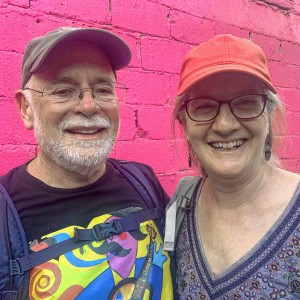 ‘Our hearts were shattered’: Moved by their work in Mexico soup kitchen, Northampton couple takes action
‘Our hearts were shattered’: Moved by their work in Mexico soup kitchen, Northampton couple takes action
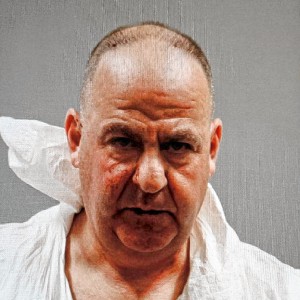 Springfield man charged with murder in Holyoke stabbing
Springfield man charged with murder in Holyoke stabbing
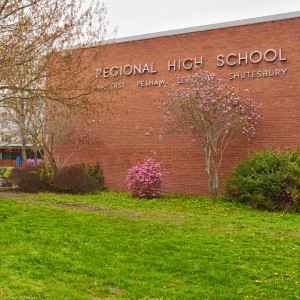 Amherst-Pelham schools look to address school absences with new plan
Amherst-Pelham schools look to address school absences with new plan
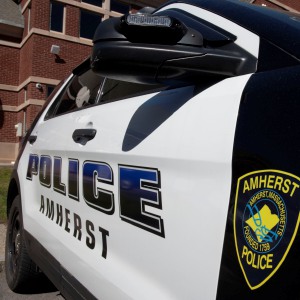 Two men dump milk, orange juice over themselves at Amherst convenience store
Two men dump milk, orange juice over themselves at Amherst convenience store
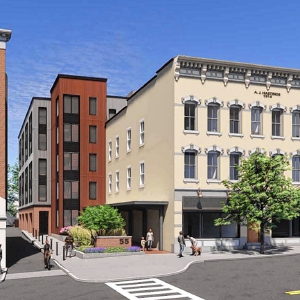 Next 5-story building cleared to rise in downtown Amherst
Next 5-story building cleared to rise in downtown Amherst
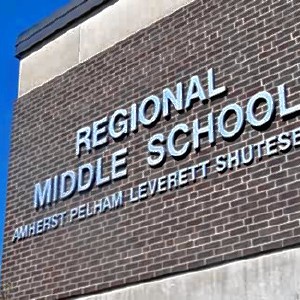 Three Amherst Regional Middle School counselors absolved of Title IX offenses
Three Amherst Regional Middle School counselors absolved of Title IX offenses
Ripingill, Brule’s cousin, tells him in 2006 that she traced back time-appropriate Census records of a Judah Smith to Guilford, Connecticut, but he couldn’t be “our Judah,” because some describe him as “mulatto,” others as a “free person of color.”
Together, their search leads back seven generations, though not directly, to the Narragansett Reservation in Rhode Island, and the ancestral home of Joseph Jeffrey, a Nehantic and Narragansett Indian who was born in 1695.
This is the same territory where Judah Smith’s ancestors lived before moving to Wallingford and Windsor, Connecticut, and then to the Cheapside area of what was then Deerfield and later became Greenfield. There he and his darker-colored sister, Sarah, were hired around 1878 as servants by Levi Gunn, the co-founder of what became Millers Falls Co.
“We changed our given tribal names, we left the Indian spirit ways for the Anglican beliefs,” Brule writes in the voice of his ninth-generation ancestor. “Many of my children returned to our ancient Nehantic lands at the mouth of the Quinnneticook in what is now called Black Point in Lyme (Connecticut).”
Five generations later, Betsy Strong is born in 1839 in Windsor. In the mid-1870s, she migrated north to Deerfield with her parents, Judith Mason and John Mason Strong, her children, including Judah, and the rest of the extended family.
“We have quite a mix of Niantic, Narragansett, Pequot, Mohegan blood lines. I think grandfather William Mason is part African too, but I don’t know for sure. We have all that mixed in,” Betsy Strong says in the book. “We just remembered we were Indians. We had to stick together, because although most folks treated us right, it was always hard for people like us. They gave us names like mulatto, Black, Free People of Color. It didn’t matter to me, but I was told it was a way of not calling us Indians, so it was easier to make us disappear.”
Brule says he had always been intrigued by his father’s French-Canadian side of the family, knowing that there were natives in the bloodline. But, it wasn’t until the availability of online genealogical resources that he and Ripingill could dig into the many-layered family stew.
After unsuccessfully exploring in the Old Deerfield cemetery, Brule found the graves of Judah’s mother, sister and her husband, along with their children, in Laurel Hill Cemetery near Eaglebrook School.
The grave site was so far off to the edge of the yard, with the graves slanted, that it was “clearly a segregated place,” said Brule., who got a veteran’s flag for the grave of William Barnes, a Civil War veteran who was married to Judah’s mother, and was white, Brule believes. The couple had lived on Lincoln Street in Greenfield.
At the Pocumtuck Valley Memorial Association library, he found tax records for one Judah Scott, who lived in Cheapside: $1 tax paid in 1878 for one.
In one of several coincidences in the book, he discovers his cousin Donald Scott, who is black and lives in Greenfield. So, when Brule, who is a fiddler, attended the 2007 Greenfield fiddler’s gathering honoring John Putnam, a contra dance caller from the 1870s, whose Wells Street house is believed to have been part of the Underground Railroad, he was advised to go to “meet your family.”
One of Judah’s sister’s six sons had married into the black community, and a granddaughter had married one of Putnam’s grandsons.
In fact, Brule said, there were many intermarriages in Greenfield’s black community in those days. Brule said he believes his ancestors have relations in some of the Harris, Peters, Scott and Snow families.
“Welcome to the family,” he was greeted by one of Putnam’s descendants at the event, after Brule introduced himself.
In researching Howes Brothers historic photographs in Ashfield, Brule also noted that there were several photos of what appeared to be middle-class black families in Millers Falls, where Judah Smith went on to work as a Teamster driving Gunn’s wagons at the Millers Falls Co.
Smith had moved in 1888 with his wife, Scottish-born Elizabeth Moir, into one of Gunn’s factory houses along the river in Millers Falls. He died in 1929 and is buried in Highland Cemetery, as is his mother, who died in 1932.
One of their children, Brule’s great-uncle, Douglas Smith, a left-handed pitcher for the Turners Falls High School team, was drafted in 1912 to become a relief pitcher for the Boston Red Sox in the then-new Fenway Park.
Within a few months, though, he was gone from the team, reportedly because of a heart ailment. In fact, though, Brule says, someone from Greenfield had written to the Red Sox letting the all-white team know that Smith was in fact mixed race. That was confirmed, Brule added, when he was interviewed by someone working on a book to commemorate Fenway’s centennial.
Brule says he found a “mishmash” of native tribes where the Narragansett, Pequot, Niantic and Mohegans came together. All lived “cheek to jowl,” he said, adopting massacre survivors in some cases, intermarrying in other cases with white settlers or blacks, he also found that society in this area was more fluid in the years before the 20th century.
Brule is now part of the Nolumbeka Project’s effort to preserve a Native American burial site and multi-tribal gathering area, as well as establish a memorial to mark the 1676 Great Falls massacre. The Project is a non-profit organization based in Greenfield whose mission is to preserve New England’s tribal heritage.
As Brule discovered among his own mother’s family, which he’d always been told was Irish-American, there were some “aboriginal features. ... I could see something was going on there,” he said.
But only after he, Ripingill and others began unraveling the interwoven threads of their family story, did he begin to appreciate the intricacies, overlaps and coincidences.
“There was a tremendous intermarriage between the races,” he said, especially during Reconstruction after the Civil War.
“To look at me, you’d never expect that literally two generations ago, there were blacks and Indians in my family, yet the stories are there. The genealogy is all there. It’s all really fascinating. We’re all connected. There are all these links.”

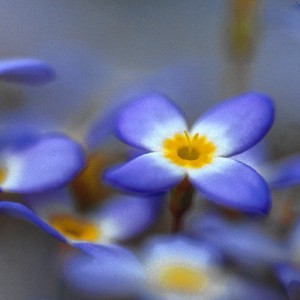 Speaking of Nature: Indulging in eye candy: Finally, after such a long wait, it’s beginning to look like spring is here
Speaking of Nature: Indulging in eye candy: Finally, after such a long wait, it’s beginning to look like spring is here Weekly Food Photo Contest: This week’s winner: Nicholas Horton of Northampton
Weekly Food Photo Contest: This week’s winner: Nicholas Horton of Northampton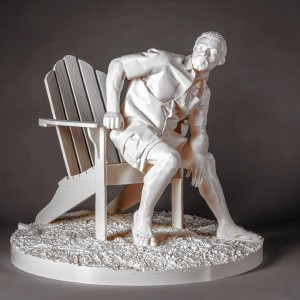 What does freedom look like today? On view at Williams College, seven Black American artists interpret the meaning of emancipation
What does freedom look like today? On view at Williams College, seven Black American artists interpret the meaning of emancipation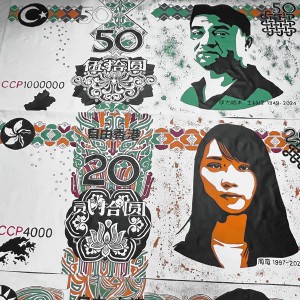 Spring brings new art: A look at what's on tap in April at selected local galleries
Spring brings new art: A look at what's on tap in April at selected local galleries 
